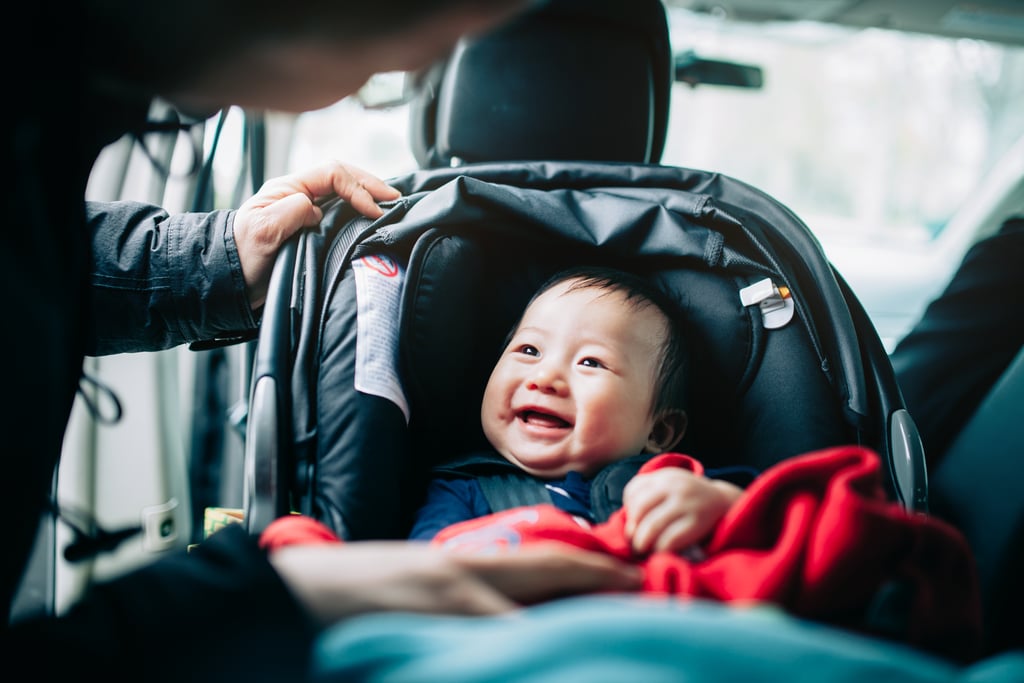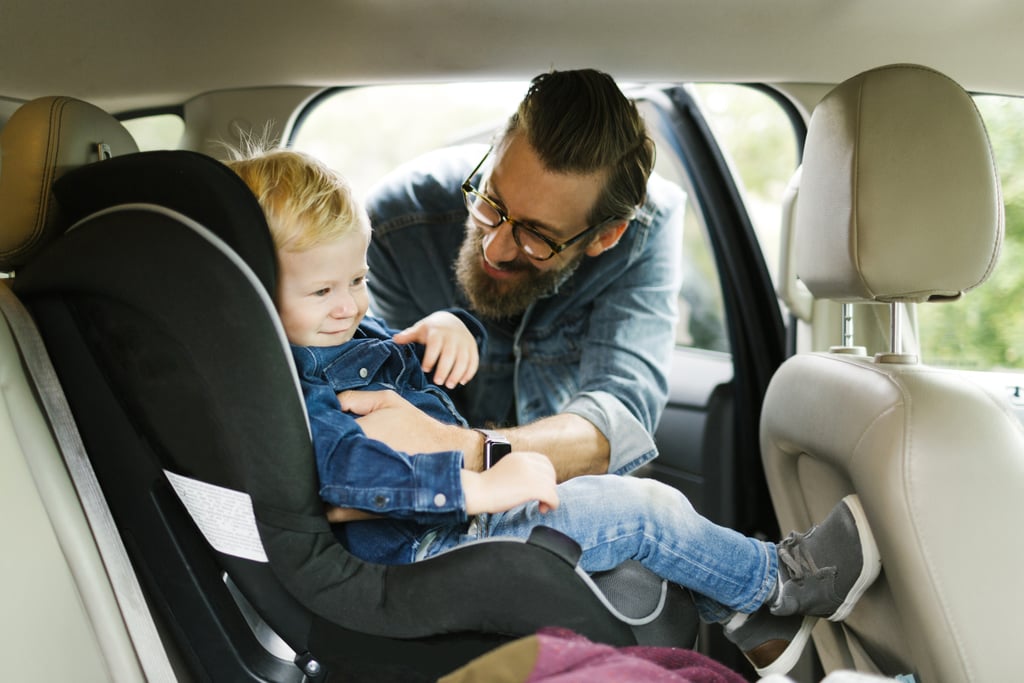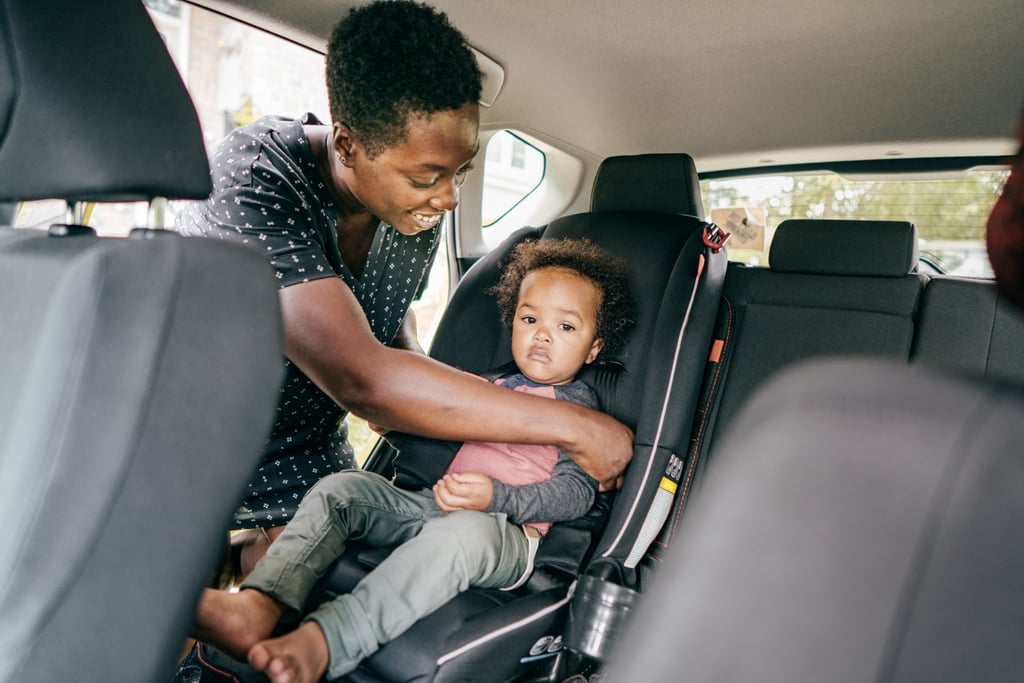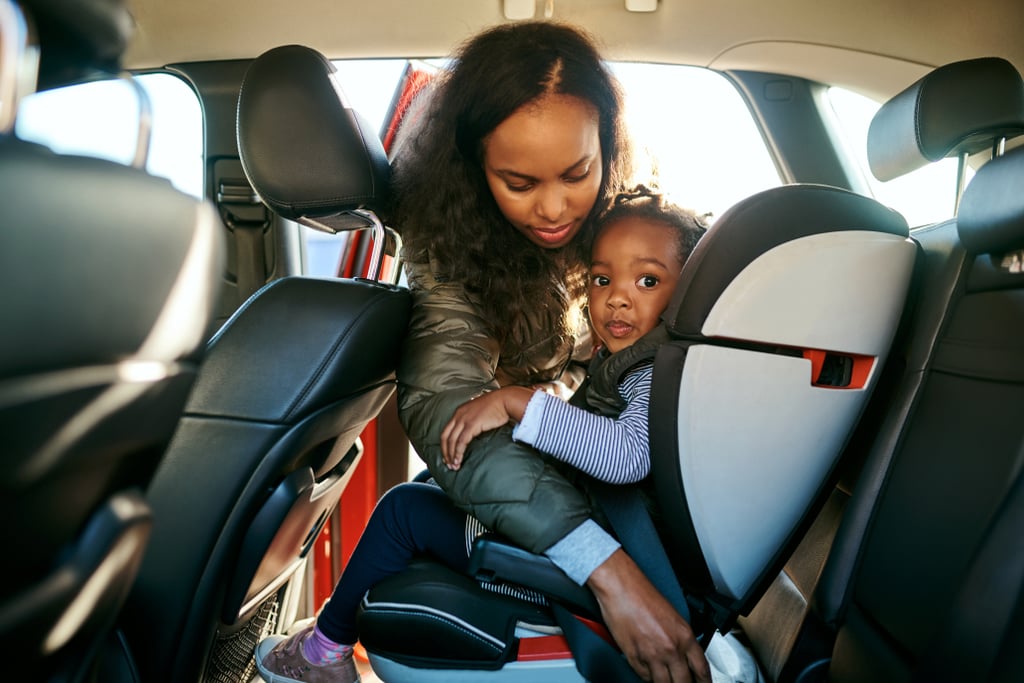Motor-vehicle deaths have been on the decline since 1975, but crashes still cause one out of every four unintentional injury deaths in children [1] under the age of 13, and they remain the leading cause of death [2] for children 4 years and older. According to the Centres For Disease Control and Prevention, using seat belts (as well as age- and size-appropriate car seats) reduces serious and fatal injuries by up to 80 percent [3]. Even though all 50 states and the Washington DC have their own child-restraint laws [4], the American Academy of Pediatrics has its own car-safety recommendations for children of all ages. Read on for everything parents should know about car- and booster-seat safety.
How Long Should Your Child Be in a Rear-Facing Car Seat?

Though the American Academy of Pediatrics previously recommended that children should remain in a rear-facing car seat until at least the age of 2, the AAP now recommends that children remain in a rear-facing seat until they reach the highest weight or height allowed [5] by their seat, regardless of age. Most convertible seats [6] allow children to remain rear-facing until they weigh 40 pounds or more, which means most children can remain rear-facing well past their second birthday [7].
Natasha Young, a certified technician for the nonprofit organisation Safe Kids Worldwide, told CBS that it's best of keep your child rear-facing for as long as possible [8], as this is the safest way for children to ride. "Even if their children's legs are longer than the car seat, they can easily fold their legs up into the car sea,t and it's actually much safer for their legs [9]," she explained. Just be sure there is at least one inch between the top of the car seat and the top of your child's head.
What Are the Height and Weight Requirements of a Forward-Facing Car Seat?

Once children reach the highest weight or height allowed by a rear-facing car safety seat, you can then shift to a forward-facing seat. Once they are facing forward, children should use a car safety seat with a harness for as long as possible [10] — until they reach the height and weight limits for those seats — and the top tether should be attached for all forward-facing installations. Many convertible seats can accommodate children up to 65 pounds [11] or more.
What Are the Height and Weight Requirements of a Booster Seat?

Once children reach the highest weight or height allowed by a forward-facing car safety seat, you can transition to a belt-positioning booster seat. A booster seat should be used until the vehicle lap-and-shoulder seat belt fits properly [12] without the assistance of a booster seat, which typically happens when children reach 4'9" in height and are between 8 and 12 years old. Until a child passes the Five-Step Test [13], a booster seat is needed to keep your child and their seat belt in the correct position.
The two standard types of booster seats available are the high-back and the backless. High-back boosters should be used in vehicles without headrests [14] or with low seat backs, and backless boosters can be used safely in vehicles with headrests and high seat backs. While high-back booster seats are the more secure of the two, backless booster seats tend to be smaller and lighter, making them easier to travel with.
What Are the Rules of the LATCH System?

Most newer car and car-seat models use the LATCH (or Lower Anchors and Tethers For Children) system for car-seat installation. The LATCH system attaches the car seat to the vehicle through anchor points installed in the car and connectors on the car seat, which makes for easy installation and can eliminate potential errors resulting from installing a car seat with a seat belt. It's important to note, however, that the 65-pound weight limit for using the LATCH system [15] includes both the weight of your child and the weight of the car seat itself, which usually average between 20 to 25 pounds.
If the combined weight of your child and their car seat exceeds 65 pounds, parents should use the seat belt system and the car-seat tether to secure the seat rather than the lower anchor connectors. Seat belts are just as safe (and, at higher weights, safer) as LATCH, as LATCH was created to make for an easier install, not a better one.
Are Car-Seat Accessories Safe?

Accessories — such as seat protectors and harness covers — are oftentimes not approved for use with every car seat. Before purchasing car-seat accessories, you'll want to check with the car-seat manufacturer to determine if they have tested the accessories with their car seats, or what, if any accessories, can be used without negatively affecting the performance of the car seat in a crash. Many car-seat manufacturers have even started making accessories that are sold separately, but are specifically tested and approved for their car seats.
While many parents like using mirrors with rear-facing car seats, this accessory can be dangerous if the mirror is not securely attached [16] to the vehicle seat. Mirrors that attach to the rear-seat headrest with suctions cups are the most likely to become a harmful projectile during a crash. They can also be a distraction to the driver if their eyes are on their child rather than on the road.
Are Used Car Seats Safe?

While it may be safe to put your child in a used car seat, you should never use a seat that has expired, been recalled, or been involved in a crash [17]. The expiration of car seats varies by manufacturer and model, though dates can range between six to 10 years [18] from date of manufacture. If you get a used car seat, make sure the seat has all the parts it came with and has a manufacturer's label so you can check for recalls [19]. Getting a car seat from a family member or friend is preferable to buying it from a secondhand store, as they can answer questions for you that the store may not be able to.